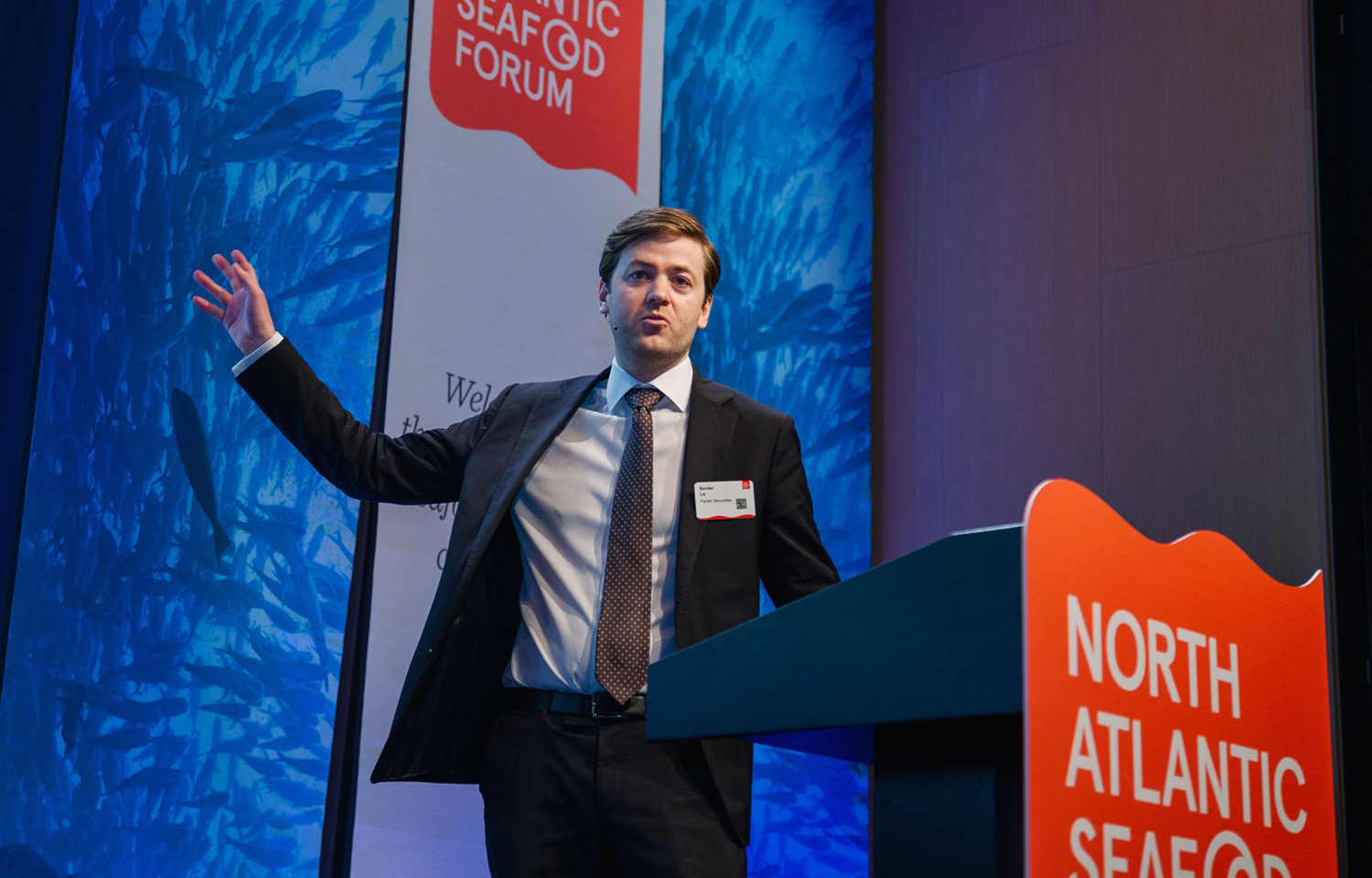Though 2024 is unlikely to see large spikes in salmon production, an additional 1 million metric tons (MT) of the fish could be produced on an annual basis by 2030, according to Pareto Securities Analyst Sander Lie.
Speaking at the 2024 North Atlantic Seafood Forum (NASF) in Bergen, Norway, Lie said new technology will play an increasingly important role in achieving that production benchmark, citing “quite significant growth” likely to come from land-based farms and closed cages in the sea.
New technology will help the industry reach new heights, but Lie said conventional farming will continue to be the industry’s main driver for the time being.
“You’ll get the game-changing volumes from the new technologies that come after 2030,” he said.
For the near future, Lie said the current supply situation looks tight and that in Norway, biological issues remain “very high on the agenda,” with sea lice, anemia, winter wounds, and string jellyfish challenging several farming regions in 2023 and early 2024. This has affected average harvest weights, and when combined with the latest biomass data points, Pareto’s previous projection of 4 percent Norwegian salmon volume growth in 2024 is ...








